Yellow River Grand Canyon
Yellow River Grand Canyon
The Yellow River Grand Canyon is located in Qingtongxia Town, Wuzhong City, Ningxia. It is 20 kilometers away from Wuzhong City. It is a scenic spot of the Yellow River Canyon composed of limestone and sand shale. It is a national AAAA-level scenic spot. Since 2003, the tourist area has held "Gaoxia Changhe Tourism Festival" every two years.
The Yellow River Grand Canyon of the Qingtong Gorge is more than 10 kilometers long and 50-100 meters wide. The cliff walls on both sides are over 30 meters high. It is characterized by the typical rough and vigorous northern Yellow River and is known as the "first Canyon in the middle and upper reaches of the Yellow River".
brief introduction
Because Helan Mountain and Liupanshan are longitudinally distributed in the north and south, they form the central axis of the herringbone structural system of Qi (Qilian Mountain) Lv (Luliang Mountain) He (Helan Mountain). At the junction of the upper and lower parts of the central axis, a section of Cambrian and Ordovician limestone and sandy shale interbedded, with a hard and compact texture, forms this canyon.
The bronze gorge has been the headwaters of the nine main canals of the Yellow River since ancient times. It is the birthplace of "plugging up the south of the Yangtze River". The River in the gorge is slow and urgent. The two sides of the river are confronted with each other. The 108 towers of the famous bronze gorge are built on the hills. They are far away from the river dams. Their water conservancy functions are comparable to those of the Dujiangyan. They are known as "Dujiangyan in the South and Qingtongxia in the north".
The Yellow River Grand Canyon of the Qingtong Gorge is rich in natural resources and human landscape resources. The water conservancy project is well-known in the world. It concentrates the three advantages of Ningxia's tourism resources. It organically combines the scenery of the south of the Saishang River, the culture of the Xixia Dynasty and the ethnic customs of Hui Muslims, and relies on the human landscape of the Yellow River to focus on shaping the famous Yellow River Dam, the magnificent 10-mile-long Gorge and the unique 108 pagodas. A number of exquisite landscapes, such as Wofo Mountain, connect these scenic spots by the way of the Yellow River water and the continent tour, and combine with the construction of ethnic villages and towns and agricultural production activities, fully display the Hui Muslim ethnic customs with Ningxia characteristics and the scenery of the south of the Sai Shang River.
Main landscape
Qingtongxia Yellow River Grand Canyon Tourist Area includes Yacht House, 108 Towers, Shili Changxia and Jinshawan scenic spots. The main landscapes are "River Barrier Dam, 108 Towers, Qinwang Gudu, Shrimp Stone Wall, Tianshu Xiongge, Guanyintai, Sleeping Foshan, Bronze Gorge Stone Carvings, Jinsha Evening, Niutou Ciyun, Yellow River Sunset" and so on. Yacht yachts and drifting tools, especially the old water transport "sheepskin raft" characteristic drifting project of the Northwest Yellow River, are known as "the first drifting in the Northwest", and are generally praised by tourists. Agricultural drip irrigation and eco-tourism are the main types of tourism in Jinshawan Bay.
108 towers
The 108 Pagoda was built in the Xixia Dynasty and named for its number. It is the largest and most orderly solid group of Lama Pagodas in China and is listed as a key cultural relic protection unit in the country.
River Dam
In the 1960s, a 42.7-metre-high and 697-metre-long dam was built on the Yellow River in the Qingtongxia Gorge. Meanwhile, the only pier-type hydropower station in China with a capacity of 350,000 kilowatts was built. A canyon-type reservoir with a capacity of 6 million cubic metres and a backwater of 5 kilometres was formed. The reservoir can be used for tourists to go boating and enjoy the natural scenery of the Northwest Yellow River.
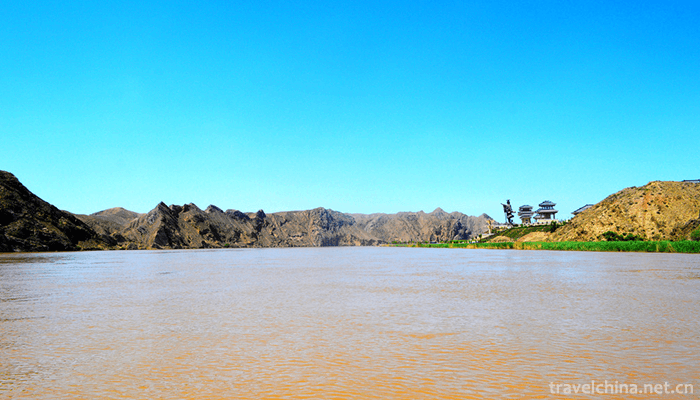
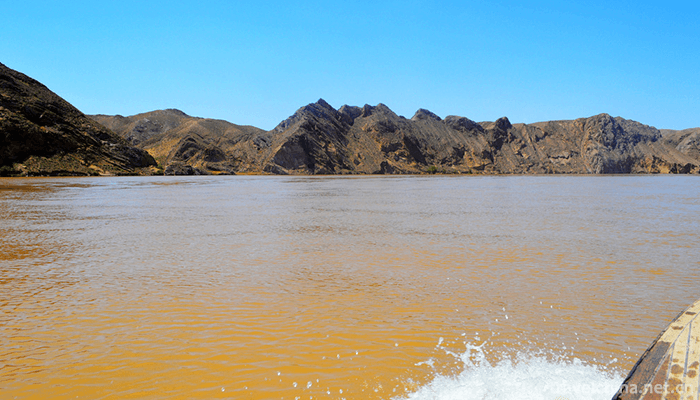
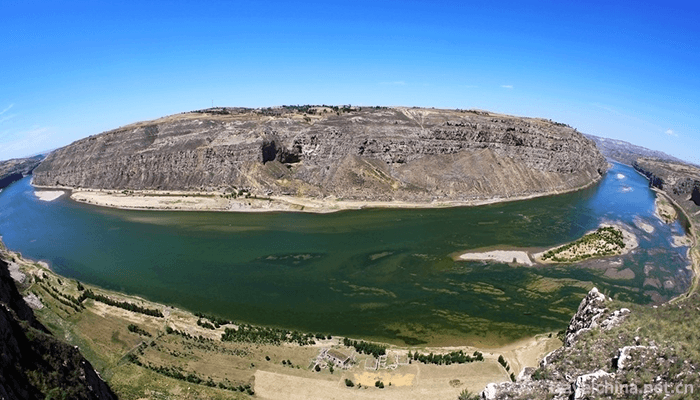
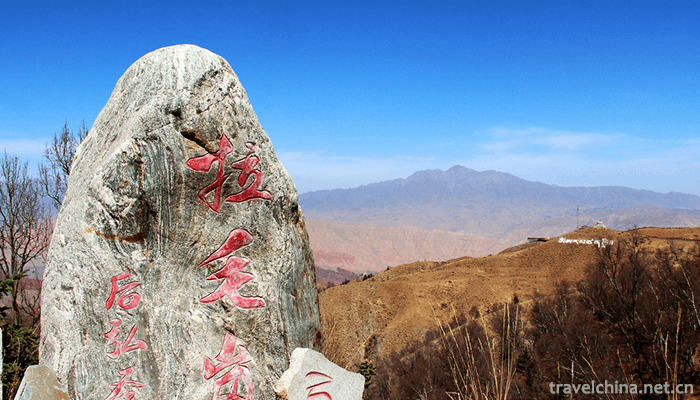
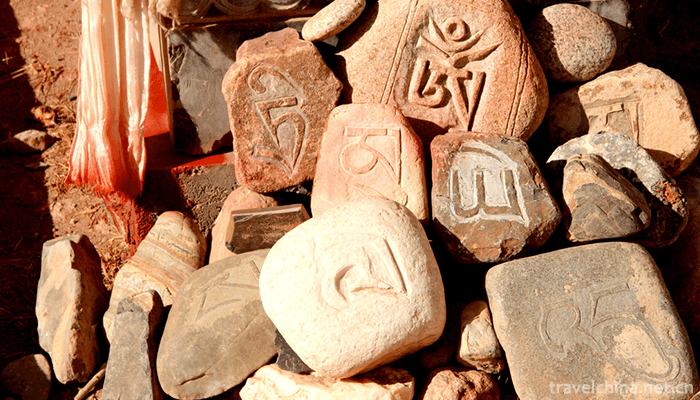
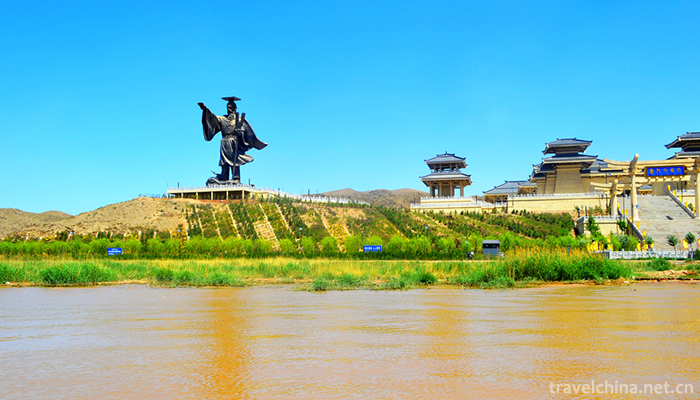
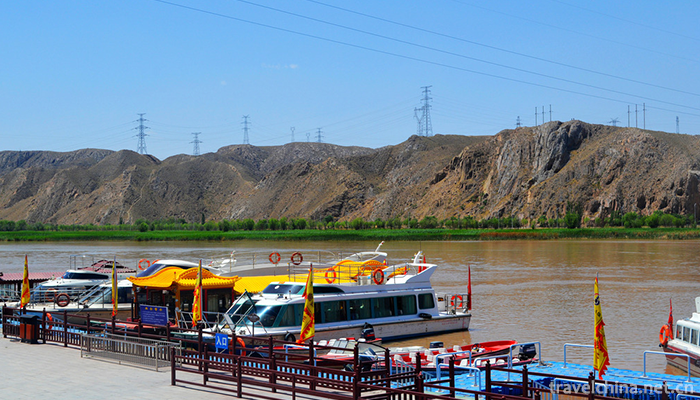
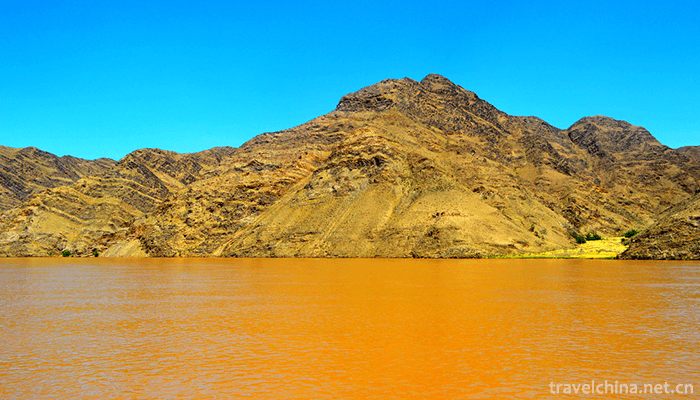
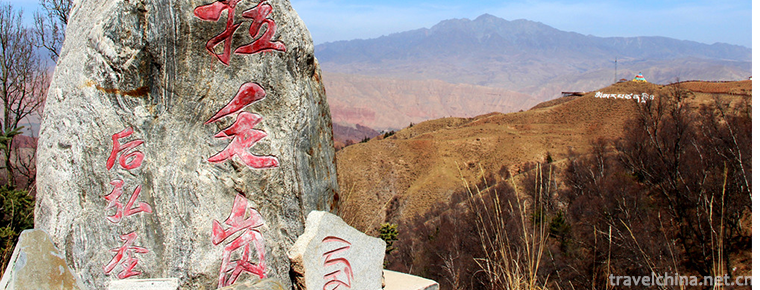
-
1.Gutian tourist area
It is understood that in 2008, Gutian Tourist Area was rated as a national 4A-level tourist attraction. In 2013, in order to further promote the development of tourism industry and upgrade the brand
Time 2018-12-08 -
2.Bali River Scenic Area
Bali River Scenic Spot is a national AAAAA-level tourist attraction with "Global 500 Top" environmental protection. It is located in Yingshang County
Time 2018-12-08 -
3.Xiaolangdi Yellow River Three Gorges Scenic Area
The Three Gorges Scenic Area of the Yellow River in Xiaolangdi is a world geological park, a National Water Conservancy Scenic area, the most attractive place in China, ten hot spots in Henan Province
Time 2019-02-25 -
4.Zhen Bei Tai
Zhenbeitai, World Heritage Site, National Key Cultural Relics Protection Unit. It is located on the top of Hongshan Mountain, 4 kilometers north of Yulin City, a famous national historical and cultura
Time 2019-03-17 -
5.Sintering Techniques of Chengcheng Yaotou Ceramics
Yaotou Ceramic Firing Skill in Chengcheng, a traditional handicraft in Yaotou Town, Chengcheng County, east of Guanzhong, Shaanxi Province, is one of the national intangible cultural heritages.
Time 2019-04-18 -
6.Hui Costume
The main symbol of Hui costume is the head. Men like to wear white caps. Hui women often wear a hood. Older Hui women wear black or brown headscarves in winter
Time 2019-05-04 -
7.Linxia brick carving
Linxia brick carving (also known as Hezhou brick carving) is a practical art closely combined with buildings. Linxia brick carving matured in the Ming and Qing dynasties, and in modern times it absorb
Time 2019-05-13 -
8.Shulaibao
Shulaibao, a traditional Chinese folk art. Popular in northern China, the source is a means for beggars to ask for money. One or two people sing. Beat with a bamboo board or with a copper bell attache
Time 2019-06-15 -
9.Daofu steamed bun with beef and mutton
Steamed bun with beef and mutton is a special traditional delicious food of Hui nationality. It is famous at home and abroad for its strict selection of materials, cooking essence, rich nutrition and mellow taste. The eating method of beef and mutton steamed
Time 2020-12-06 -
10.Honorary title of Mianyang
National system to promote comprehensive innovation reform pilot area
Time 2020-12-14 -
11.Historical evolution of Neijiang
Xia and Shang were Liangzhou, Zhou was Yongzhou, spring and autumn and Warring States were ba Jun and Shu Jun; Western Han Dynasty was Zizhou; Eastern Han Dynasty was Han'an county.
Time 2020-12-16 -
12.Meishan City logo
Meishan City logo is composed of ancient Chinese tile pattern and Dongpo head portrait, which shows a feeling of ancient historical traces and reflects the ancient culture of Meishan. From the design to the font are used a simple style, using the combinatio
Time 2020-12-18